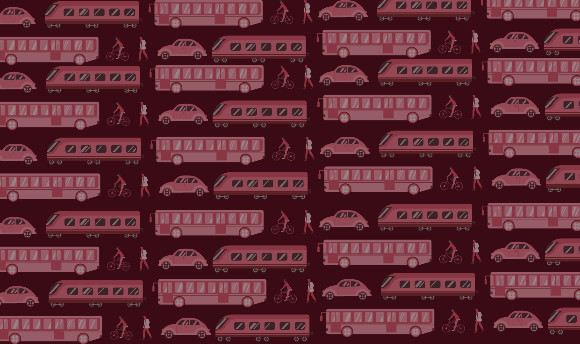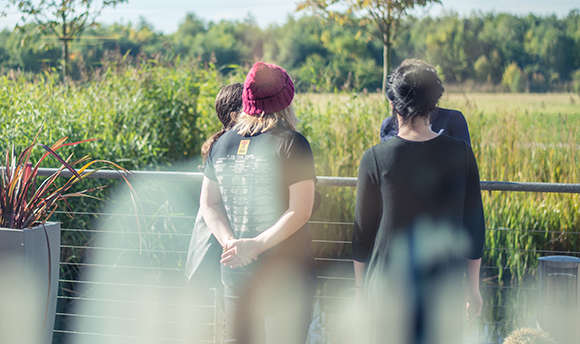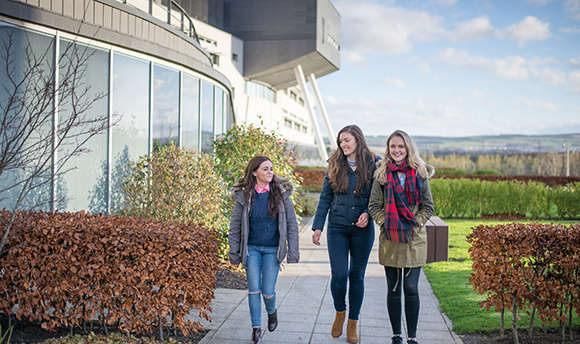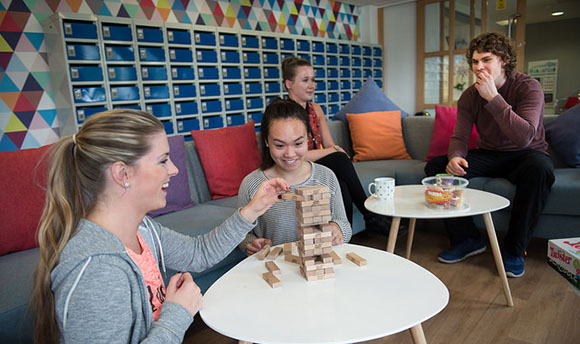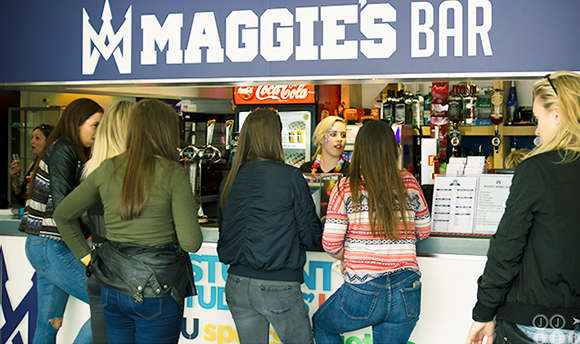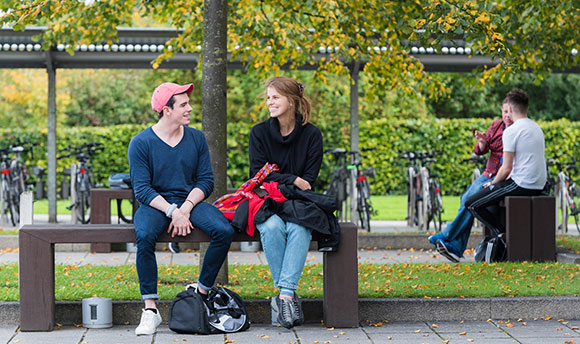In my artistic and academic work, I am interested in exploring art within the processes and practices of cultural management, rather than as something that is delivered to audiences. In other words, I am interested in whether artistic work can be useful within organisational structures, as opposed to only being understood as what is put on display for various publics. However, before discussing this further it is important to reflect on the nature of ‘cultural’ management and its relationship to management in general.
All too often, management is framed in a business context, described in dictionary terms as the organisation and coordination of the activities of a business in order to achieve defined objectives. From this perspective management is a rational and logical process that is enacted to make sure that any given business is effective, productive and financially sustainable - i.e. to ensure the ‘business’ continues. In the same vein, cultural management arguably aims to effectively manage ‘culture’ in order to ensure its ‘sustainability’. However, this is not as easy as it sounds because the arts are so often manifested as something new, often examining and reinventing the world, pushing boundaries and even being difficult for the sake of being difficult. Managing culture is therefore a bit like herding cats: not all culture wants to be managed or will respond well to any attempts to do so.
Despite this, in order for cultural practices to be supported and presented in the best possible contexts we do need cultural managers. However, they must be managers who understand the specific nuances of cultural practice: art cannot be managed like a biscuit factory, because uncritically applying the same rational, logical management practices of a traditional business might smother and strangle the culture they seek to encourage. There is therefore a tension between the ‘cultural’ and the ‘management’ and this is where an artist can fruitfully enter the fray.
Artists are often the most productive within the complexities of such tensions - as Chekov said: “the role of the artist is to ask questions, not to answer them.” As such, were an artist to work within the management structures of a cultural organisation they might be able to ask the right sorts of questions in order to examine how these structures operate and how they may - or may not - be impacting the creation of culture. To put it simply, artists can explore management creatively, and in doing so provide alternative - and perhaps even more effective - ways to ensure that cultural production and consumption is supported by the infrastructures and institutions that purport to do so.
As an example, I was an artist in residence at Glasgow Life, the not-for-profit trust that operates the cultural and leisure services of Glasgow City Council. Based within a new, open-plan office block that was very corporate, business-like and rational, I was interested in exploring how this environment affected their staff, the functioning of the organisation and the cultural practices they were charged to support. Over several weeks I initiated fun and distracting projects designed as temporary interventions into the existing structures of management. To do this, I did projects such as Office Hop-scotch (see image below), a Glasgow Life Fight Club, and Screaming in a Lift, all of which explored and questioned the affect that their existing management practices may have been having on cultural practice in Glasgow.
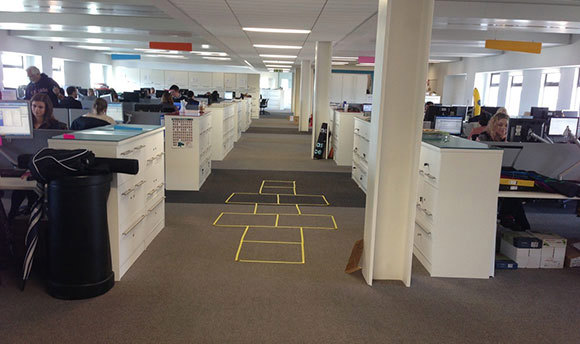
In particular, I began to be interested in how their cultural policy framework was being designed and undertook several projects that challenged their existing policies. After experiencing some of my works, Dr Mark O’Neill - Head of Policy and Research - wrote “Your residency reinforced my awareness of unarticulated assumptions that most cultural policies make. This definitely made me even more determined to make the tacit explicit and as far as humanly possible to use everyday language […] I can now guarantee that you will be able to demonstrate direct impact on the cultural policy of a major UK city.” So while my work was ‘fun’ and ‘distracting’ it was simultaneously able to impact real change in the management practices of the organisation and the manner in which these practices might subsequently affect cultural production and consumption across the city.
While I have described art within a cultural management context, this work obviously has implications for non-cultural organisations. Of the World Economic Forum’s top 10 competencies in 2020, 3 were directly related to cultural practice (#3 - Creativity, #6 - Emotional Intelligence #10 - Cognitive Flexibility). While I am not arguing for artists to instrumentalise their practice to suit the business paradigm of the World Economic Forum, I would suggest there is scope for artists, many of whom are are arguably experts in creativity, emotional intelligence and cognitive flexibility, to play an important role within organisational management structures. As cultural organisations - and others - are pressured to considered innovative and enterprising ways to survive, they may find that artists and their artistic practice are some of the most effective agents for change.
